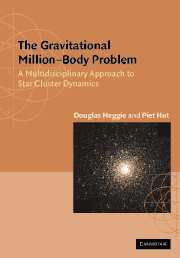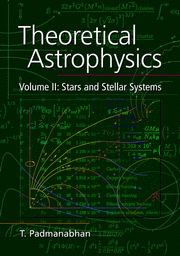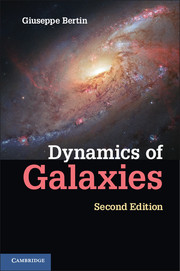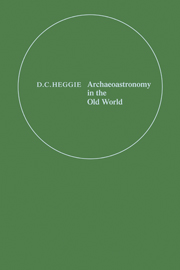The Gravitational Million–Body Problem
The gravitational million-body problem is a model for understanding the dynamics of rich star clusters. This text describes the theory astronomers need for studying globular star clusters. After introducing the million-body problem from various view-points, the book systematically develops the tools needed for studying the million-body problems in nature, and introduces the most important theoretical models. Written for graduate students and researchers in astrophysics and astronomy, this text also has important applications in the fields of theoretical physics, computational science and mathematics.
- Provides an insight to the most recent developments in the field of collisional stellar dynamics
- Written to be accessible to astronomers, theoretical physicists, computational scientists and mathematicians
- Complete with exercises throughout to test, consolidate and extend knowledge
Reviews & endorsements
"... [this book] provides a very modern and refreshingly new perspective on collisional stellar dynamics based on interdisciplinary themes." Physics Today
"Both the specialist and the nonspecialist will enjoy what Heggie and Hut have to offer in this exciting field." Physics Today
Product details
February 2003Paperback
9780521774864
372 pages
247 × 174 × 20 mm
0.793kg
85 b/w illus. 5 tables 136 exercises
Available
Table of Contents
- Part I. Introductions:
- 1. Astrophysics introduction
- 2. Theoretical physics introduction
- 3. Computational physics introduction
- 4. Mathematical introduction
- Part II. The Continuum Limit:
- 5. Paradoxical thermodynamics
- 6. Statistical mechanics
- 7. Motion in a central potential
- 8. Some famous models
- 9. Methods
- Part III. Mean Field Dynamics:
- 10. Violent relaxation
- 11. Internal mass loss
- 12. External influences
- Part IV. Microphysics:
- 13. Exponential orbit instability
- 14. Two-body relaxation
- 15. From Kepler to Kustaanheimo
- Part V. Gravothermodynamics:
- 16. Escape and mass segregation
- 17. Gravothermal instability
- 18. Core collapse rate for star clusters
- Part VI. Gravitational Scattering:
- 19. Thought experiments
- 20. Mathematical three-body scattering
- 21. Analytical approximations
- 22. Laboratory experiments
- 23. Gravitational burning and transmutation
- Part VII. Primordial Binaries:
- 24. Binaries in star clusters
- 25. Triple formation and evolution
- 26. A non-renewable energy source
- Part VIII. Post-Collapse Evolution:
- 27. Surviving core collapse
- 28. Gravothermal oscillations
- 29. Dissolution
- Part IX. Star Cluster Ecology:
- 30. Stellar and dynamical evolution
- 31. Collisions and capture
- 32. Binary star evolution and blue stragglers
- 33. Star cluster evolution
- Appendices.







